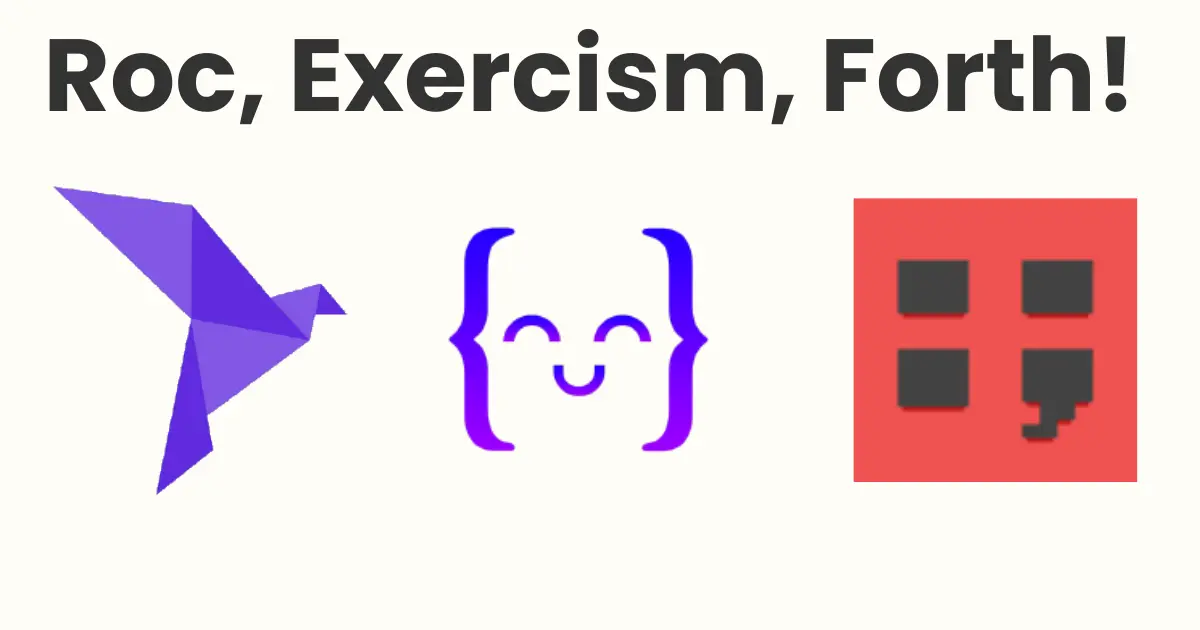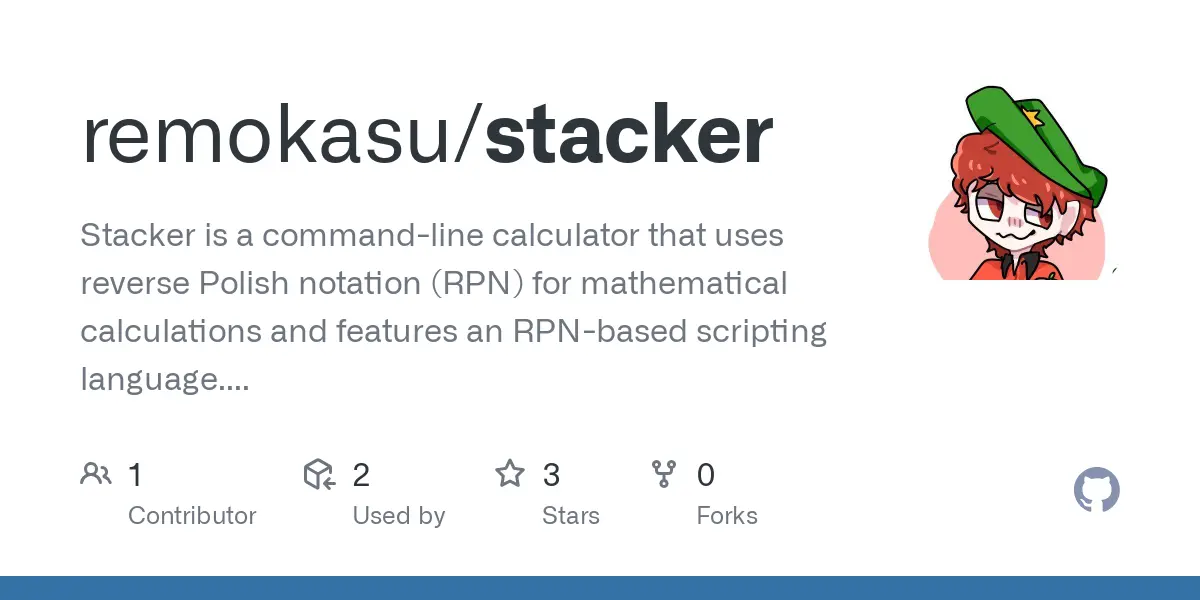- 104 Posts
- 318 Comments

 1·3 days ago
1·3 days agoAs someone’s new comments just brought me back to this post, I’ll point out that these days there’s another good option: uv run.

 1·3 days ago
1·3 days agoNo, I don’t use GHA locally, but the actions are defined to run the same things that I do run locally (e.g. invoke
nox). I try to keep the GHA-exclusive boilerplate to a minimum. Steps can be like:- name: fetch code uses: actions/checkout@v4 - uses: actions/setup-python@v5 with: allow-prereleases: true python-version: | 3.13 3.12 3.11 3.10 3.9 3.8 3.7 - run: pipx install nox - name: run ward tests in nox environment run: nox -s test test_without_toml combine_coverage --force-color env: PYTHONIOENCODING: utf-8 - name: upload coverage data uses: codecov/codecov-action@v4 with: files: ./coverage.json token: ${{ secrets.CODECOV_TOKEN }}Sometimes if I want a higher level interface to tasks that run
noxor other things locally, I usetaskipyto define them in mypyproject.toml, like:[tool.taskipy.tasks] fmt = "nox -s fmt" lock = "nox -s lock" test = "nox -s test test_without_toml typecheck -p 3.12" docs = "nox -s render_readme render_api_docs"

 3·4 days ago
3·4 days agoIf you choose to give Fedora a try, I recommend Ultramarine, which has more set up from the start, including their “Terrs” repository with more updated packages.

 3·2 months ago
3·2 months ago- https://www.altap.cz/
- Files
- Double Commander
- Dolphin
- mucommander
In no particular order.
Ah yes you can tell by the post title:
best linux terminal emulator
For me: Wezterm. It does pretty much everything. I don’t think Alacritty/Kitty etc. offer anything over it for my usage, and the developer is a pleasure to engage with.
Second place is Konsole – it does a lot, is easy to configure, and obviously integrates nicely with KDE apps.
Honorable mention is Extraterm, which has been working on cool features for a long time, and is now Qt based.
Just note that the comment was inaccurate, in that their weird encryption is indeed open source at least.

 1·3 months ago
1·3 months agoI’d say an important part of this calculator’s interaction model is doing something, getting a result, then doing something else to that result. That’s not too bad in the regular Python interpreter either.
For example, in Python:
>>> 5 5 >>> 4 + _ 9 >>> 2 * _ 18In Stacker:
>>> 5 [5] >>> 4 + [9] >>> 2 * [18]Does Hy have something like the Python interpreter’s
_?

 1·3 months ago
1·3 months agoSo it looks like a totally different data flow style, and (I think) geared toward writing then running programs, whereas Stacker is more for interactive stack-oriented calculator tasks.

 1·3 months ago
1·3 months agoI’ve never used Hy. Does it offer any concatenative-style interaction?

 6·3 months ago
6·3 months agoI suggest trying this one for Zsh, over the more common one: https://github.com/zdharma-continuum/fast-syntax-highlighting
As someone else said, setting less’ jump value is helpful.
Another tool I use, mostly for the zshall manpage, is https://github.com/kristopolous/mansnip

 2·4 months ago
2·4 months agoThanks, yes, I use nox and github actions for automated environments and testing in my own projects, and tox instead of nox when it’s someone else’s project. But for ad hoc, local and interactive multiple environments, I don’t.
If it didn’t bring something more to the table, besides speed, no one would care
I’m literally saying its speed in certain operations makes an appreciable difference in my workflows, especially when operating on tens of venvs at a time. I don’t know why you want to fight me on my own experience.
I’m not telling anyone who doesn’t want to use uv to do so. Someone asked about motivation, and I shared mine.

 2·4 months ago
2·4 months agoThe convention
That’s one convention. I don’t like it, I prefer to keep my venvs elsewhere. One reason is that it makes it simpler to maintain multiple venvs for a single project, using a different Python version for each, if I ever want to. It shouldn’t matter to anyone else, as it’s my environment, not some aspect of the shared repo. If I ever needed it there for some reason, I could always
ln -s $VIRTUAL_ENV .venv.Learn pyenv
I have used pyenv. It’s fine. These days I use mise instead, which I prefer. But neither of them dictate how I create and store venvs.
Shell scripts within Python packages is depreciated
I don’t understand if what you’re referencing relates to my comment.








Sure, but nox is the closer counterpart for in-venv-task definitions. List “sessions” with
-l, pick specific sessions to run with-s.import nox from nox.sessions import Session nox.options.reuse_existing_virtualenvs = True APP_NAME = 'logging_strict' @nox.session(python='3.12') def mypy(session: Session): """Static type checker (in strict mode)""" session.install('-U', 'mypy', '.') session.run('mypy', '-p', APP_NAME, *session.posargs)Unfortunately it doesn’t currently do any parallel runs, but if anyone wants to track/encourage/contribute in that regard, see nox#544.